When you come to Badaling, you should not miss China Great Wall Museum. It is a special museum which reflects the history and current situation of Great Wall. The appearance of the museum is very striking. It is built in a shape of the wall. Visitors can see the imitating designs such as beacon towers, passes and watch towers everywhere in it, as if stand in a real wall.
Opened formally on Sep.6 1994, the museum covers an area of 3,200 square meters (3,827 square yards) and has nine exhibition halls. The basic displays are mainly composed of seven parts divided by different topics like "Great Wall of All Dynasties", "Great Wall of Ming Dynasty", "The Defensive Function of the Great Wall and its System", "Wars", "Economic and Cultural Exchanges between People on Both Sides of the Great Wall" and "Culture and Art".
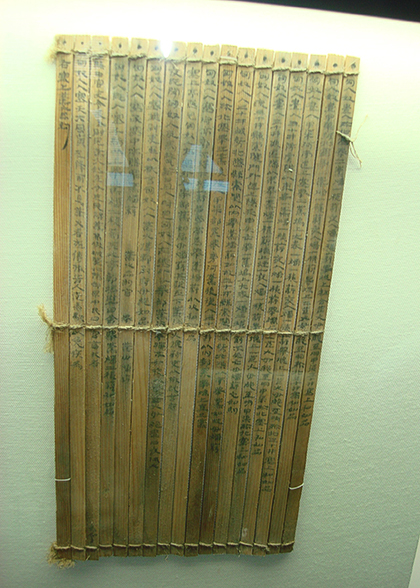 |
| Inscribed Bamboo Slips |
The Great Wall was started to be built in the Spring and Autumn Period over 2,500 ago to defend themselves against other feudal lords and ethnic groups. The feudal states linked a series of small forts into long defense works. As a result, it emerged in China.
The Great Wall of Qin Dynasty (221 BC-206 BC) was built by the first unified multi-ethnic feudal state in Chinese history. The Qin wall appeared after the unification of China as a country under centralized rule. In the reign of Emperor Qin Shihuang, to defend the country from the Huns, the walls built on the northern borders of the states of Qin, Zhao and Yan in the Warring States Period were connected, forming what is known as "the ten-thousand-li Great Wall (1 li=500 meters=547 yards)". The Great Wall of Han Dynasty (206BC-220) was the longest in length in Chinese history. To defend the country against the Huns and other northern nomadic peoples, the Han Dynasty built the wall and bulwarks, forts, sentry booths and beacon towers along its border.
From the Wei (220-265) and Jin Dynasty (265-420) to the Song (960-1279) and the Yuan (1271-1368) dynasties, northern nomadic peoples established regimes in the central plains. Among these, the Northern Wei (386-534), the Eastern Wei (534-550), the Northern Qi (550-577), the Northern Zhou (557-581) and Liaojin (916-1125) all built Great Walls.
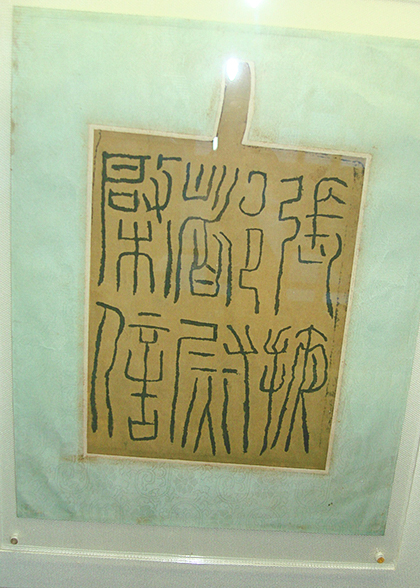 |
| Tally Used to Verify a Message |
The Ming Dynasty built the wall to reinforce its reign after it was founded. The wall was built almost incessantly during the rule of the dynasty, when its length reached more than 6,000 kilometers. The Ming Great Wall surpassed the wall in any other dynasty in the time and the extent of construction and the completeness of defense system and structure.
The Great Wall was not only huge in scale but also scientifically designed in its defensive system which is composed of walls, beacon towers, passes and other attached architecture. Besides, along the wall, there was a well-established post system which consists of post road towns, delivery stations and posts for military communication.
The Great Wall combined preparation in peacetime, the use of military force in wartime, farm production and defense, providing material support for the strategic defense system by integrating production, life and combat. Apart from its defensive function, the wall contributed to political, economic and cultural development in the regions along it and safeguarding communications between China and the western regions. In history, it has always served as a link between nationalities in economic exchanges, and between the southern and northern cultures.
The museum collects many cultural relics, and adds detailed historic pictures, reports and models, to deeply and elaborately show the culture of Great Wall to visitors from home and abroad. Many of the cultural relics in the museum are peculiar to China. Besides, the modern facilities such as the use of sound, light and electricity, add the visibility and interests to the exhibition and provides facility for visitors to understand Great Wall from different perspectives.
Tips: The entrance ticket of the museum is included in the entrance ticket of Badaling. The museum is closed on Monday.
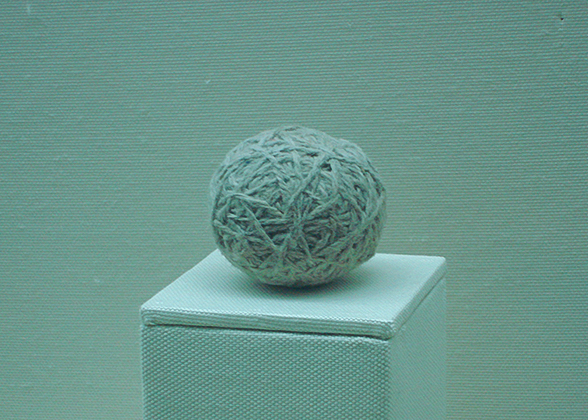 | | Cuju (Ancient Chinese Football) | | 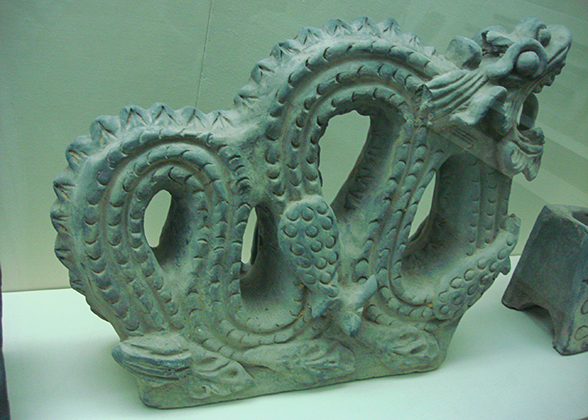 | | Coiled dragon, Jiayu Pass | |
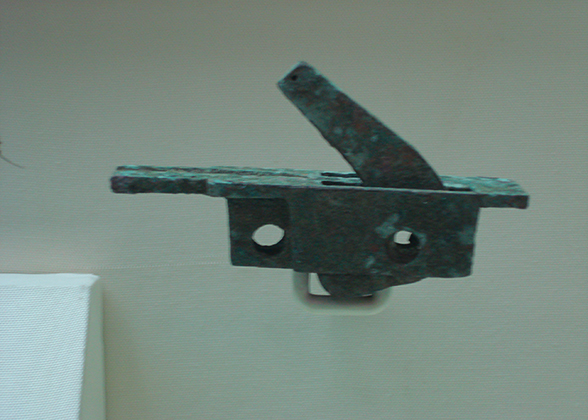 | | Bronze Crossbow in Han Dynasty | | 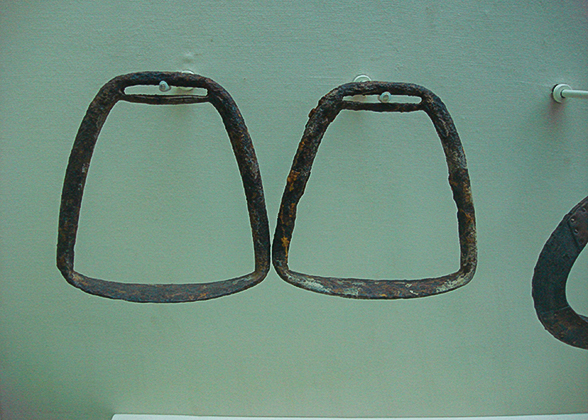 | | Iron Stirrup | |
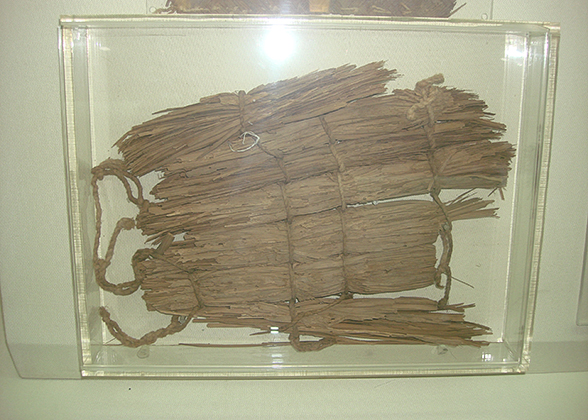 | | Straw Mat | | 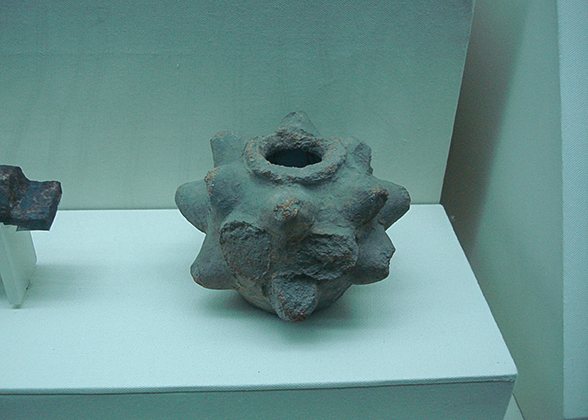 | | Pottery Missile,the Ming Dynasty | |
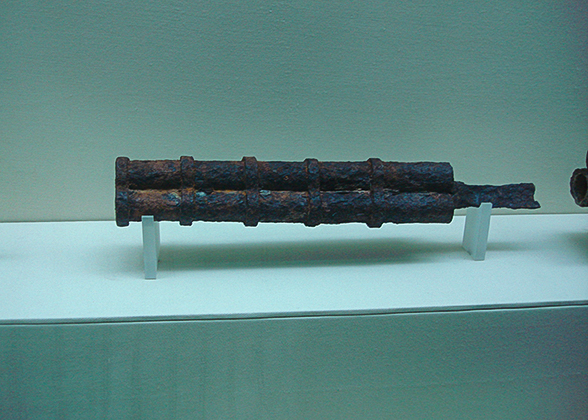 | | Three-holed Blunderness | | 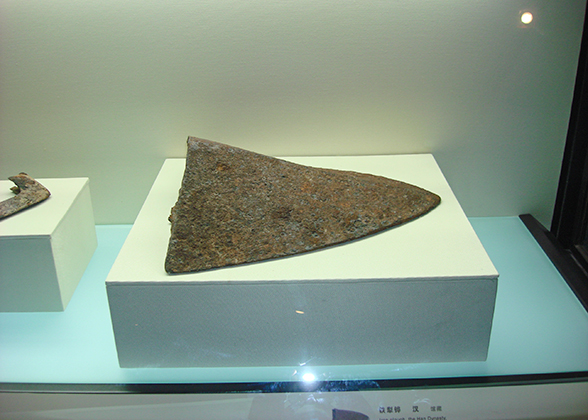 | | Iron Plough | |

Nearby Scenic Spot:

Further Reading:
6 Things to Do on Great Wall of China Badaling12 Free Things to Do in Beijing
- Last updated on Sep. 25, 2024 by Gabby Li -









